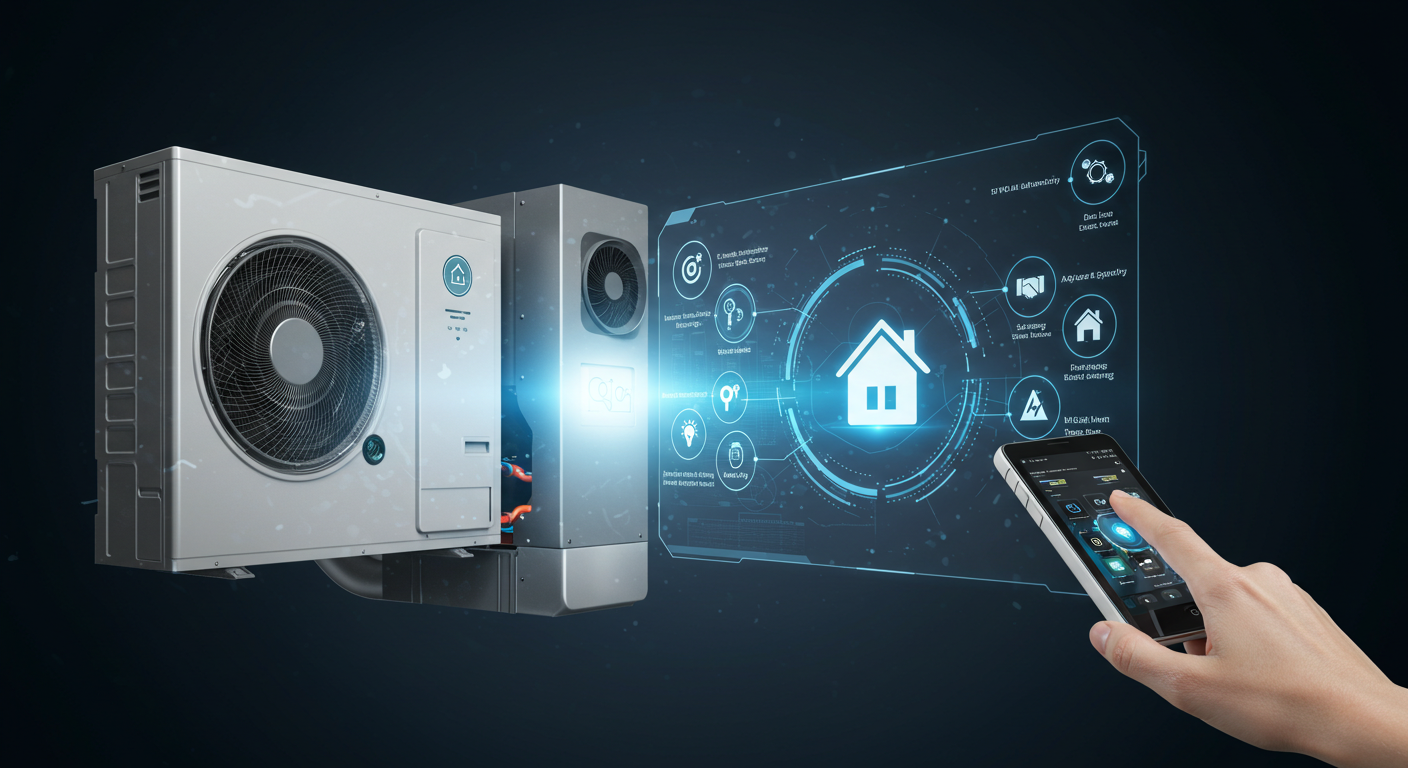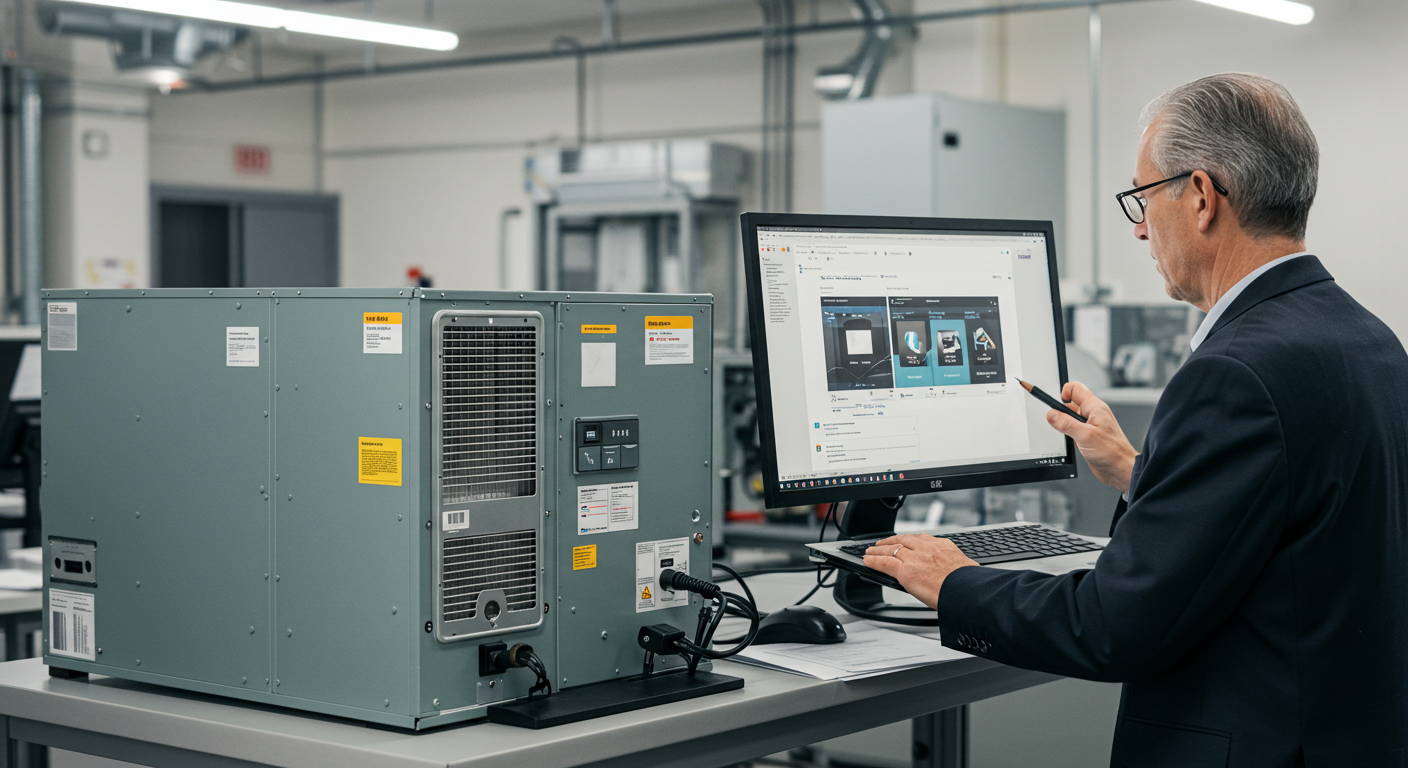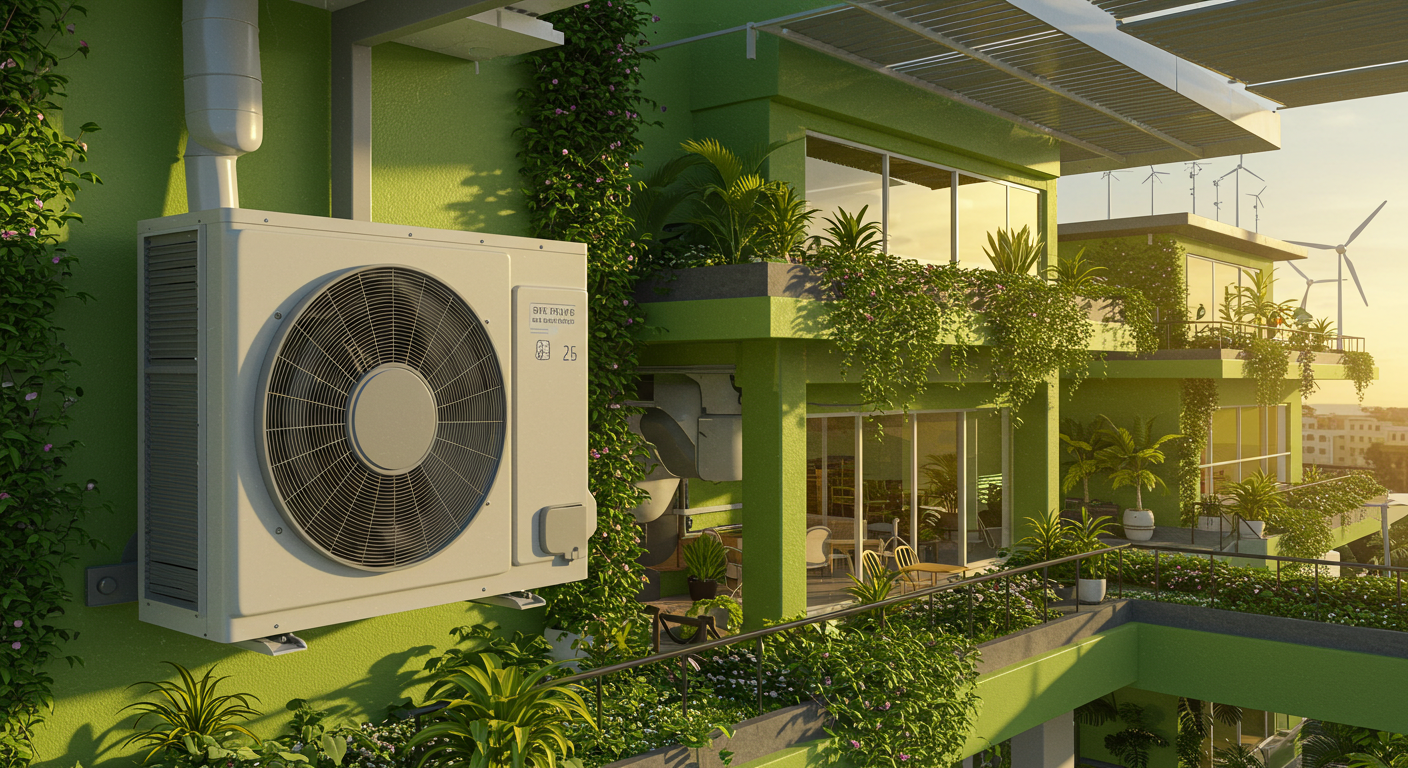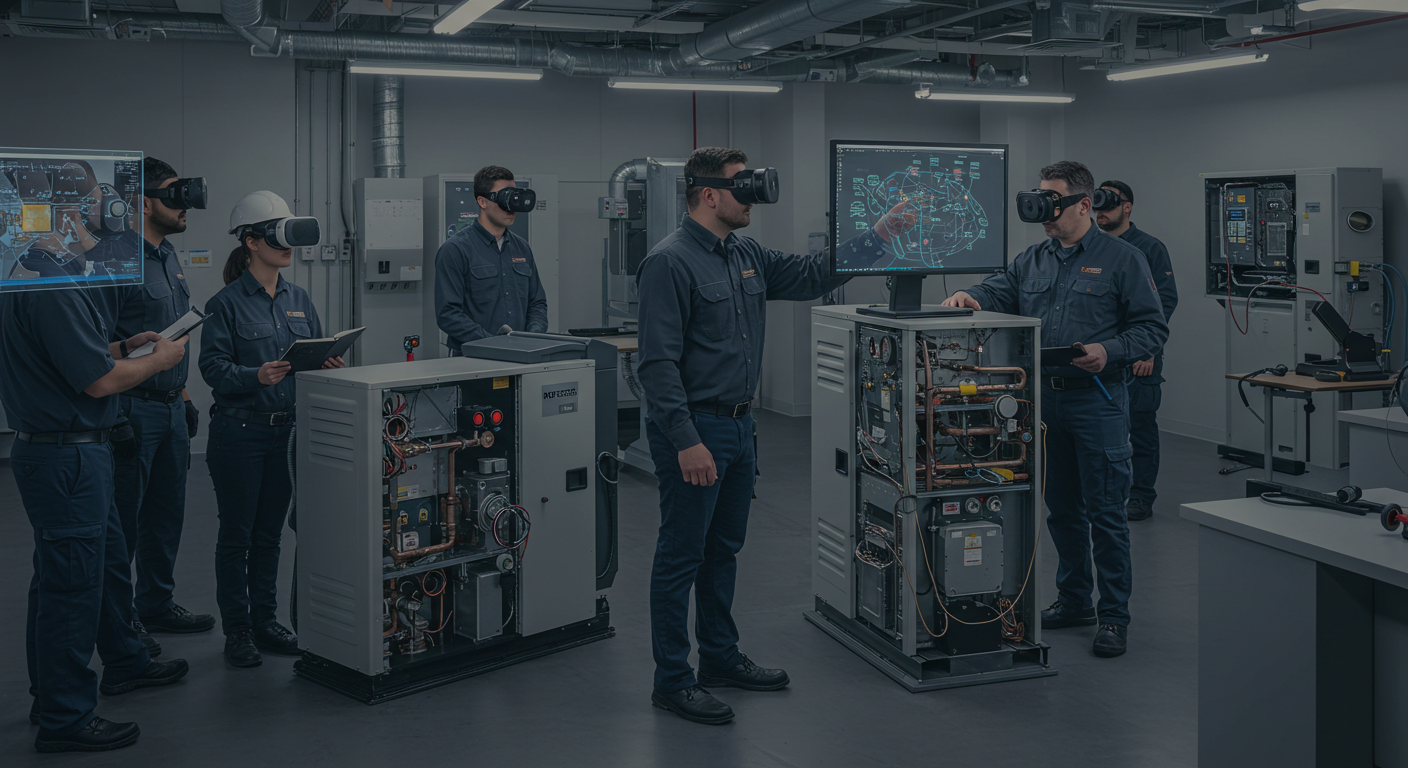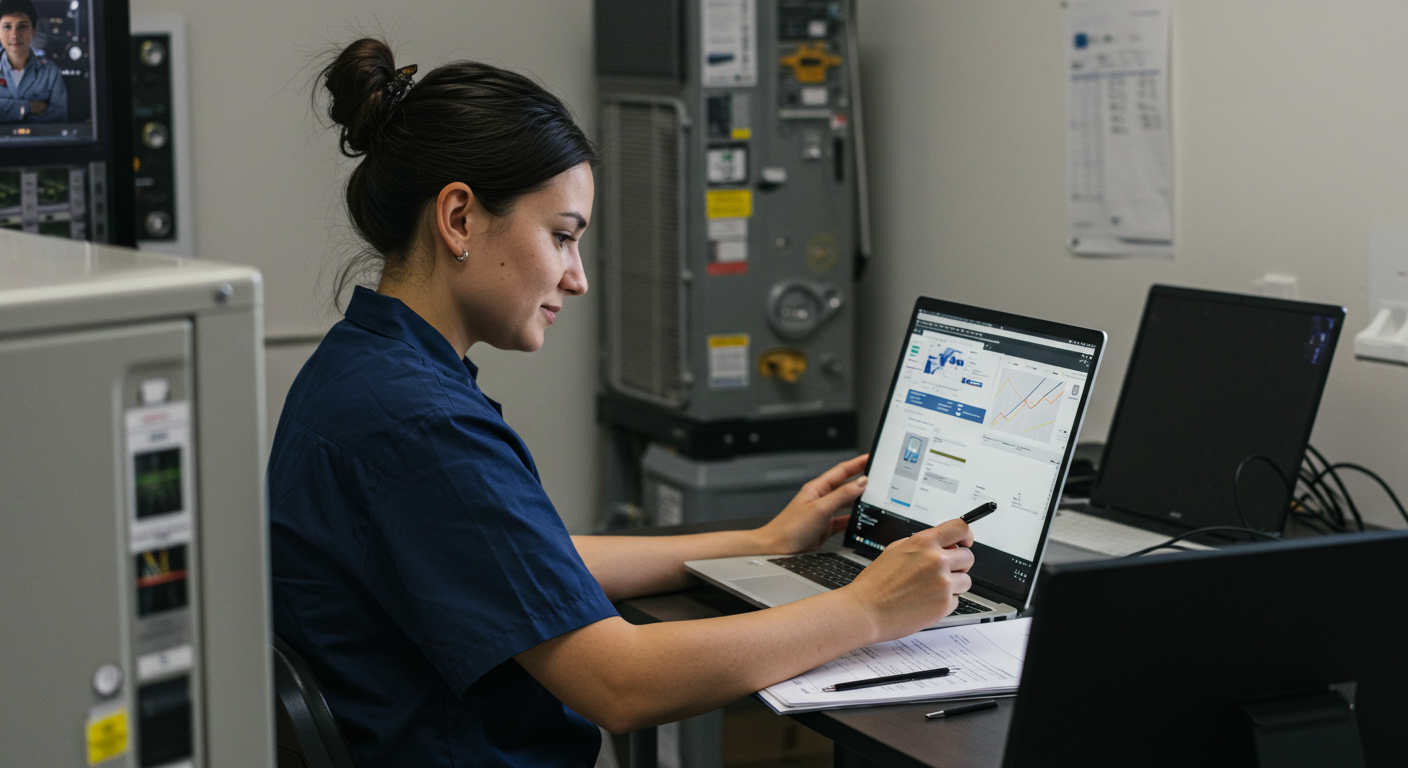Revolutionizing HVAC System Planning with Digital Twins
Imagine having a virtual replica of your HVAC system that allows you to experiment, predict, and optimize without any risk. Welcome to the world of digital twins—a game-changing technology that’s transforming HVAC system planning. In this post, we’ll explore how digital twins can enhance your HVAC strategies, improve efficiency, and contribute to sustainability goals. Let’s dive in!
Understanding Digital Twins in HVAC
Digital twins are virtual models of physical systems, and they are revolutionizing how HVAC systems are planned and managed. With the global market for building digital twins projected to grow significantly, it’s clear that more organizations are recognizing the immense value these models offer. By using IoT sensors, digital twins collect real-time data to monitor critical components, allowing for predictive maintenance and reducing the risk of costly breakdowns.
Benefits of Digital Twin HVAC Modeling
Digital twins offer a range of benefits for HVAC system planning. They provide AI-powered simulation features that optimize configurations, leading to energy savings and minimized downtime. By using real-time occupancy and weather data, these models can adjust HVAC settings dynamically, ensuring efficiency even during low-occupancy periods.
Challenges in Implementing Digital Twins
While the potential of digital twins is vast, there are challenges to overcome. Integrating digital twins with legacy systems, calibrating sensors accurately, and gathering high-quality data are essential steps. Additionally, skilled professionals are needed to interpret and manage the data effectively.
- Improved predictive maintenance through real-time monitoring.
- Optimized energy use and reduced utility bills.
- Enhanced lifecycle efficiency and system longevity.
- Contribution to sustainability and carbon footprint reduction.
- Increased operational insights and compliance support.
Conclusion
Digital twins are paving the way for smarter, more efficient HVAC systems. By embracing this technology, you can optimize your system’s performance, reduce energy consumption, and support sustainability initiatives. As digital twins continue to evolve, their role in HVAC system planning will only become more crucial.
Ready to explore how digital twins can transform your HVAC planning? Start integrating this technology today for a smarter, more sustainable future!
Frequently Asked Questions About Digital Twins for HVAC
What are digital twins in HVAC system planning?
Digital twins in HVAC system planning are virtual models of HVAC systems that use real-time data to simulate, analyze, and optimize the performance and efficiency of the systems.
How do digital twins improve predictive HVAC maintenance?
Digital twins enhance predictive maintenance by continuously monitoring system components through IoT sensors, allowing for the early detection of potential issues before they lead to costly repairs.
What are the benefits of digital twin HVAC modeling?
Digital twin HVAC modeling offers several benefits, including energy efficiency, reduced downtime, improved maintenance strategies, and enhanced sustainability efforts.
What challenges come with implementing digital twins in HVAC systems?
Challenges include integrating with existing systems, ensuring accurate sensor calibration, collecting high-quality data, and requiring skilled personnel to manage the technology effectively.
How do digital twins contribute to energy-efficient HVAC planning?
Digital twins contribute to energy-efficient planning by optimizing system configurations and settings based on real-time data, reducing energy waste and lowering utility costs.


